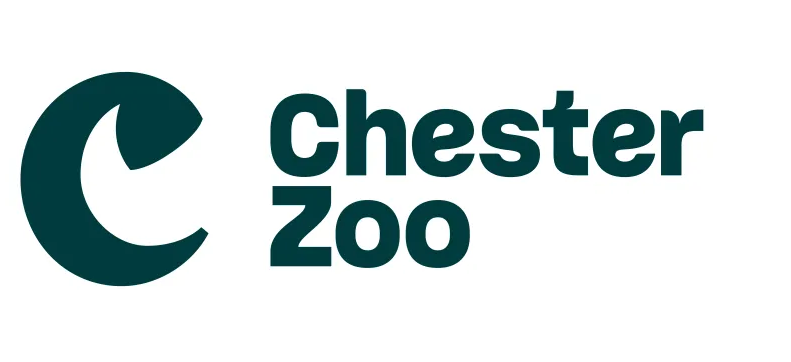Nutritional Composition of Browse and Diets Fed to Ungulates at the Breeding Centre for Endangered Arabian Wildlife
DOI:
https://doi.org/10.19227/jzar.v4i2.138Abstract
Captive browsing ruminants are particularly susceptible to gastrointestinal disorders, and inappropriate diets are an underlying factor. This study investigated the nutritional composition of browse and pelleted feedstuffs used in an Arabian facility and compared nutrient intake against current recommendations for exotic ungulates. Additionally, retrospective evaluation of post-mortem findings with regard to gastrointestinal pathologies was conducted (n = 497). Samples of browse from seven species of locally cultivated plants, as well as three brands of pelleted feeds, were submitted for laboratory analysis. Following a five-day feed intake study, nutrient intake was calculated. Only moderate variation was seen among browse species’ composition compared to previous reports. However, significant variation occurred between plant fractions (stem, leaves and seed pods) for neutral detergent fibre and several minerals. Browse comprised over half of the metabolisable energy (ME) intake of Arabian tahr (Arabitragus jayakari), but only 11% of ME for Arabian gazelle (Gazella gazella cora) and Dorcas gazelle (G. gazella dorcas). However, no relationship could be detected between gastrointestinal disease and browse provision in these species. No nutrient deficiencies were identified, but the Arabian tahr diet exceeded the recommended amount of crude protein, and both gazelle diets provided excess iron, manganese, copper and zinc. These mineral excesses are the subject of on-going investigations in order to better balance the diets offered. Moreover, the high starch content of pelleted diets evaluated in the current study (22–29%, on a dry matter basis) indicates that a reduction in the proportional provision of pellets would improve the diet suitability, particularly for the gazelles. This study highlights a number of areas for potential improvement, although further research is required to fully understand the implications of these findings.
Downloads
Published
How to Cite
Issue
Section
License
JZAR fulfils the DOAJ definition of open access and provides free and open access to the full text of all content without delay under a Creative Commons licence. The copyright holder of JZAR publications grants usage rights to third parties, allowing for immediate free access to the work and permitting any user to read, download, copy, distribute, print, search, or link to the full texts of articles.







